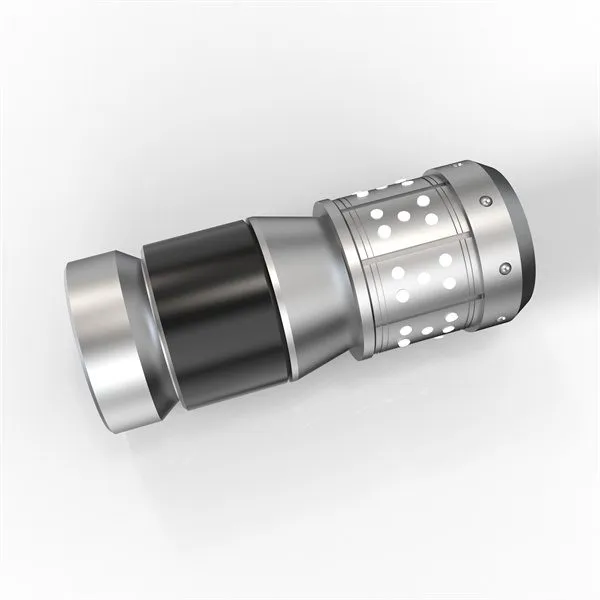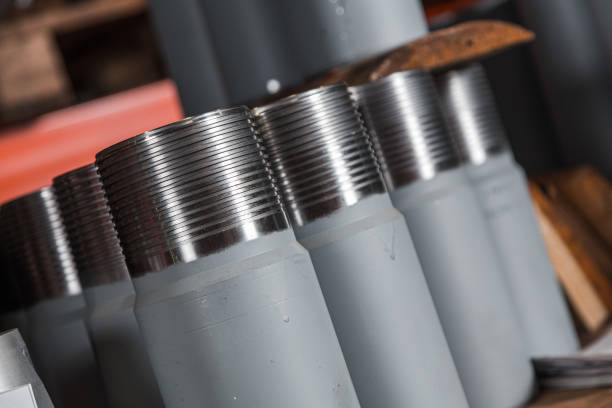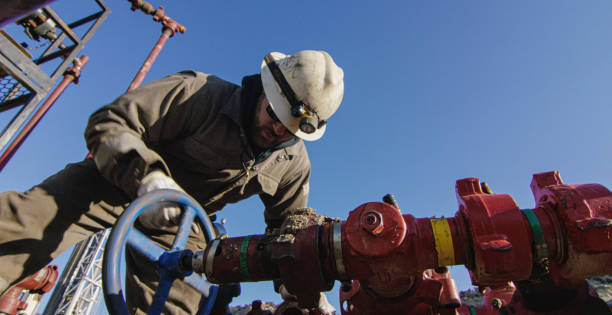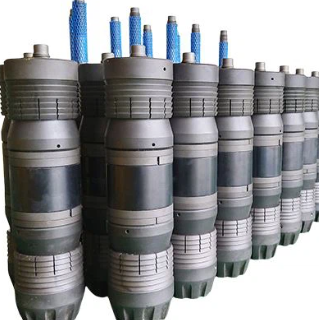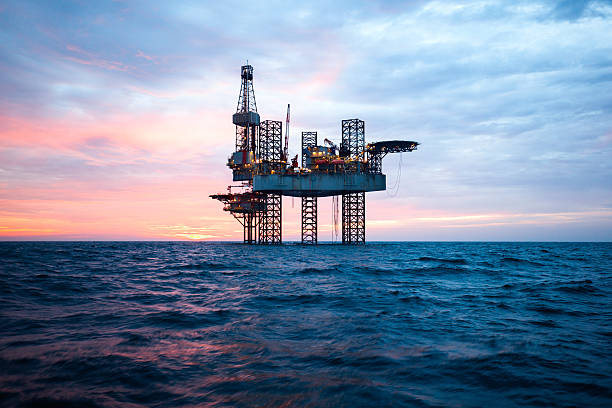
Oil well for sale
Beyond the Listing – The Strategic Calculus of Acquiring Legacy Assets

The phrase “oil well for sale” conjures images of dusty listings and distressed assets. Yet, in today’s complex energy landscape, these opportunities represent far more than simple commodity transactions. They are intricate puzzles demanding strategic foresight, environmental responsibility, and a deep understanding of the evolving hydrocarbon economy. Acquiring an oil well isn’t just buying production; it’s inheriting geology, liability, opportunity, and a role in the industry’s transition. Here’s the nuanced reality beyond the listing.
Production, Price, and Potential
On the surface, listings focus on the obvious:
Current Production: Barrels per day (BPD) – the immediate cash flow driver.
Proven Reserves: Estimated recoverable oil remaining, a key valuation metric.
Location: Access to infrastructure (pipelines, power), proximity to markets, and regulatory jurisdiction.
Price: The upfront ask, often reflecting a multiple of cash flow or reserves value.
Operational Data: Well depth, completion type, production history curve.
For smaller operators or speculators, a low-producing “stripper well” (typically <15 BPD) might offer steady, predictable income with minimal overhead if nearby infrastructure exists. For larger players, a package of wells might represent strategic consolidation in a core area.
Unpacking the Real Risks and Rewards
Beneath the surface data lie critical, often underestimated, factors:
- The Liability Anchor: P&A (Plugging and Abandonment): This is the single biggest hidden cost and risk. Regulatory requirements for safe, permanent well closure are stringent and expensive ($10,000s to $100,000s+ per well, depending on depth, location, and complexity). Many wells for sale are nearing end-of-life. Key Questions: What’s the realistic P&A cost estimate? Is there sufficient financial assurance (bonds)? Does the seller have a clean environmental record? Acquiring a well means inheriting its eventual P&A liability indefinitely.
- The Environmental Imperative: Legacy wells often come with legacy issues:
Methane Leaks: Aging infrastructure is prone to leaks, a potent GHG. Advanced Leak Detection and Repair (LDAR) programs are mandatory and costly.
Groundwater Protection: Ensuring casing integrity and preventing contamination is paramount. Remediating existing issues can be financially devastating.
Surface Remediation: Restoring the drill pad site post-P&A adds expense. Due Diligence Must: Include thorough environmental assessments and regulatory compliance audits. - The True Cost of Operation:
Decline Rates: How steep is the production curve? Rapid decline negates initial cash flow projections.
Workover Frequency & Cost: Aging wells require frequent interventions (pump replacements, cleanouts). Access to affordable, skilled workover rigs is crucial.
Lifting Costs: Electricity, chemicals, labor, maintenance, and royalties per barrel. High lifting costs make marginal wells unviable when prices dip.
Infrastructure Dependence: Reliance on third-party gathering lines or processing? Tariffs and availability impact net revenue. - The Regulatory Tightrope: Regulations governing operations, emissions, reporting, safety, and P&A are constantly evolving and vary drastically by state/country. Compliance requires dedicated resources and expertise. Ignorance is not bliss; it’s expensive.
Beyond Barrel Counting
Savvy buyers see “oil well for sale” through a multifaceted lens:
- Enhanced Oil Recovery (EOR) Play: Does the reservoir have potential for secondary or tertiary recovery (water flooding, CO2 injection, chemical EOR)? Acquiring a depleted well cheaply might be the entry point for a profitable EOR project requiring significant additional investment.
- Carbon Capture, Utilization, and Storage (CCUS) Synergy: Could a depleted reservoir, especially if acquired with associated pore space rights, be repurposed for CO2 storage? This transforms a liability into a potential future revenue stream via carbon credits or sequestration fees. Location near emission sources is key.
- Infrastructure Leverage: Does the well come with valuable surface rights, pipeline connections, or gathering systems? These can be leveraged for neighboring development or future energy projects (e.g., small-scale gas processing for hydrogen blending).
- Mineral Rights & Royalty Consolidation: Sometimes, acquiring the well is a means to secure underlying mineral rights or simplify complex royalty structures across a broader acreage position.
- Tax Advantage Plays: In some jurisdictions, intangible drilling costs (IDCs) or depletion allowances can offer significant tax benefits, making marginal well operations financially viable for specific investor profiles.
The Due Diligence Imperative
Buying an oil well is not for the faint of heart or the under-prepared. Essential steps include:
Comprehensive Title Search: Confirm clear, marketable title to the leasehold and mineral rights. Unravel any liens, encumbrances, or unresolved ownership disputes.
Thorough Engineering Review: Analyze production history, pressure data, decline curves, reservoir characteristics, and future recovery potential. Get independent P&A cost estimates.
Rigorous Environmental Assessment: Phase I ESA (Environmental Site Assessment) is mandatory. Phase II (soil/water testing) may be prudent. Review all regulatory filings and violation history.
Financial & Legal Scrutiny: Audit operator costs, verify royalty obligations, understand existing contracts (gathering, processing), and review all permits and bonds. Engage specialized oil & gas legal counsel.
Infrastructure Inspection: Physically inspect wellheads, tanks, and related equipment. Assess condition and potential repair/replacement costs.
Conclusion: A Calculated Gamble in a Transitioning World
An “oil well for sale” is rarely a simple bargain. It represents a complex interplay of geology, engineering, finance, regulation, and environmental stewardship. The era of easy profits from passive ownership is largely over.
The successful acquisition hinges on rigorous due diligence, a clear strategic rationale beyond immediate production (be it EOR potential, CCUS positioning, infrastructure value, or tax strategy), and a sober assessment of the long-term liability burden, particularly P&A.
For the well-prepared operator or investor with specialized expertise and a tolerance for risk, these assets can offer opportunities. For others, the surface allure can quickly give way to a costly, complex, and potentially reputation-damaging liability. In the energy transition, legacy oil wells aren’t just assets; they are responsibilities demanding careful consideration and active, responsible management. The decision to buy must be as deep as the well itself.


